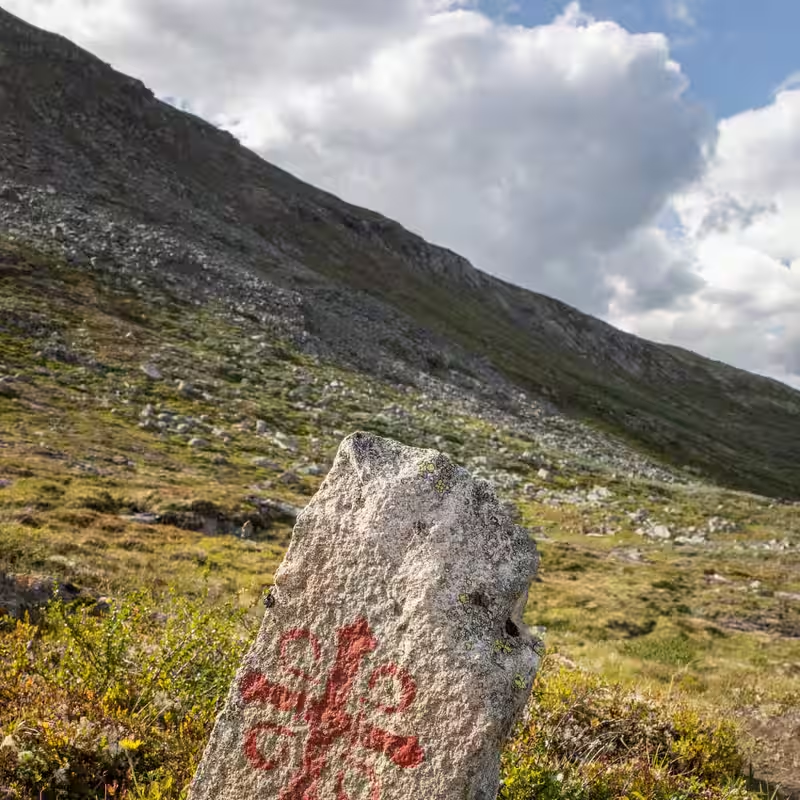Deep in the heart of Norway’s untamed landscapes, a centuries-old pilgrimage route is drawing modern travelers—not for salvation, but for solitude, berries, bogs, and a brush with Viking history. Known as the St. Olav Ways, this network of trails honors King Olav II, a warrior-turned-saint whose legacy still echoes through Norway’s fjords, forests, and tundra.
What Are the St. Olav Ways?
The St. Olav Ways comprise nine official pilgrimage routes that converge at Nidaros Cathedral in Trondheim—the burial site of St. Olav, Norway’s patron saint and a 11th-century Viking king. These paths, revived in recent decades, blend spiritual heritage with raw Nordic wilderness, offering hikers everything from coastal cliffs to misty highlands.
One photographer recently trekked a lesser-known leg of the route, enduring soggy boots, sudden downpours, and endless stretches of sphagnum moss—but also moments of breathtaking stillness and unexpected beauty.
A Journey Through Berries, Bogs, and Silence
Unlike Spain’s Camino de Santiago, the Norwegian trails are sparsely marked and rarely crowded. Hikers often walk for hours without seeing another soul. The terrain is unforgiving: squelching bogs, slippery granite slabs, and sudden fog banks that swallow the path whole.
But the rewards are uniquely Nordic:
- Wild berries—cloudberries, blueberries, and lingonberries—dot the trailside in late summer.
- Historic stave churches and stone cairns mark ancient waypoints.
- Midnight sun or northern lights, depending on the season, bathe the landscape in ethereal light.
Why St. Olav?
Olav Haraldsson, later canonized as St. Olav, was a Viking king who united Norway and introduced Christianity in the early 1000s. After dying in battle at Stiklestad in 1030, he was declared a martyr. Pilgrims began walking to his shrine in Trondheim almost immediately—a tradition that faded after the Reformation but has seen a quiet revival since the 1990s.
Planning Your Own Pilgrimage
| Trail Name | Distance | Difficulty | Best Time to Hike |
|---|---|---|---|
| Gudbrandsdalsleden | 643 km | Moderate | June–September |
| Nordleden | 415 km | Challenging | July–August |
| Kystpilegrimsleia (Coastal Route) | 600+ km | Moderate–Hard | May–September |
Most hikers tackle sections rather than the full route. Accommodations range from simple pilgrim hostels to remote cabins. A pilgrim passport can be stamped along the way—just like on the Camino.
More Than a Hike—A Cultural Reawakening
For Norwegians, the St. Olav Ways are more than tourism—they’re a reconnection with national identity, nature, and quiet reflection. As one local guide put it: “You don’t walk to escape the world. You walk to remember how small you are within it.”


